
计算机专业英语(第3版):科技交流与科技论文写作
¥ 1 九五品
库存23件
陕西渭南
认证卖家担保交易快速发货售后保障
作者侯进 著
出版社电子工业出版社
出版时间2014-03
版次01
装帧平装
上书时间2021-02-28
- 在售商品 暂无
- 平均发货时间 14小时
- 好评率 暂无
- 最新上架
商品详情
- 品相描述:九五品
图书标准信息
- 作者 侯进 著
- 出版社 电子工业出版社
- 出版时间 2014-03
- 版次 01
- ISBN 9787121225161
- 定价 36.00元
- 装帧 平装
- 开本 16开
- 纸张 胶版纸
- 页数 248页
- 字数 99999千字
- 正文语种 简体中文,英语
- 丛书 高等学校专业英语教材
- 【内容简介】
- 本书结合作者长期在国外使用英语从事研究的经验,旨在培养读者把英语作为工作语言,提高读者专业英语的运用能力。本书分为3部分,主要内容包括:如何用英语做研究报告,英文科技论文和毕业论文的写作规范及技巧,如何参加国际会议和用英文演讲,如何向国际期刊投稿,如何检索文献及怎样选择研究课题等;介绍计算机专业前沿课题动向,以及学术研究新成果、新方法、新技术,并附相关学术论文;提供一些长期在国外的专家学者的建议和经验,帮助读者逐步提高独立创新工作的能力。本书每节后附词汇表、习题和相关附录,并提供电子课件。
- 【作者简介】
- 侯进 女,西南交通大学教授。1990年8月在四川省绵阳供电局开始参加工作,1993年8月调入华北电力大学任教。1998年5月出国到日本,在北海道大学获得博士学位之后,在�田工业大学做博士后研究员,于2007年8月作为引进人才到西南交通大学信息科学与技术学院任教至今。
- 【目录】
-
目 录
PART 1 METHODOLOGIES & SKILLS
Chapter 1 How to Make a Research Presentation2
1.1 When Do We Need to Make a Presentation?2
1.2 The Structure of a Presentation2
1.3 Sample2
1.4 Pay Attention5
1.5 Practical Tricks6
Exercises6
Appendix I7
Appendix II7
Appendix III7
Chapter 2 How to Write a Scientific Paper9
2.1 The Clear Structure of a Scientific Paper9
2.2 Abstract9
2.3 Introduction and Conclusion10
2.4 Main Body of a Paper11
2.5 Reference12
2.6 Useful Tricks12
Exercises13
Appendix I13
Appendix II16
Chapter 3 How to Write a Ph.D. /Master Thesis23
3.1 The Common Structure of a Thesis23
3.2 Cover Page23
3.3 Abstract24
3.4 Acknowledgements25
3.5 Table of Contents and List of Figures/Tables25
3.6 Chapters25
3.7 List of Publications25
3.8 Bibliography25
Exercises25
Appendix I26
Appendix II30
Chapter 4 How to Attend an International Conference31
4.1 Purpose31
4.2 Call for Paper (CFP)31
4.3 Write and Submit a Paper to an International Conference36
4.4 Notification of Acceptance36
4.5 Apply for a Visa36
4.6 Present a Paper37
Exercises37
Appendix I37
Appendix II43
Chapter 5 How to Submit a Paper to a Top Journal/Transaction44
5.1 Prepare and Submit44
5.2 Submission Confirmation44
5.3 Paper Decision45
5.4 Reviewer’s Comments47
5.5 Revise and Submit the Final Paper51
Exercises51
Appendix I52
Appendix II56
Chapter 6 How to Search for Information on the Internet59
6.1 Search Sites59
6.2 Full Text Access59
6.3 Database Index60
Exercises61
Appendix I61
Appendix II61
Chapter 7 How to Select a Research Subject63
7.1 Follow Your Interest63
7.2 Attend to New Theory or Technology63
7.3 Think Independently63
7.4 Search Literature Extensively63
7.5 Interdisciplinary Research Provides New Opportunity64
Exercises64
Appendix64
PART 2 NEW TECHNOLOGIES
Chapter 8 Geographic Information System (GIS)68
8.1 What is GIS?68
8.2 GIS Technology68
8.3 Feature of GIS69
8.4 The Future of GIS70
Exercises71
Appendix71
Chapter 9 Communication by Avatars72
9.1 What is Avatar?72
9.2 Purpose72
9.3 Technology73
9.4 Challenges and Emerging Trends76
9.5 Summary77
Exercises78
Appendix78
Chapter 10 Natural Language Processing79
10.1 What is Natural Language Processing (NLP)?79
10.2 Difficulties79
10.3 Major Tasks in NLP80
10.4 Evaluation of Natural Language Processing81
Exercises82
Appendix82
Chapter 11 Content-based Image Retrieval83
11.1 What is Content-based Image Retrieval?83
11.2 Content Comparison Techniques83
11.3 Semantic Image Retrieval84
11.4 New Media85
11.5 Future Directions85
Exercises88
Appendix88
Chapter 12 Molecular Dynamics Simulation90
12.1 Molecular Dynamics (MD)90
12.2 Areas of Application90
12.3 Molecular Dynamics Algorithm-Parallel Computing91
12.4 Major Software for MD Simulations92
12.5 The Aims of Molecular Dynamics Simulation93
Exercises93
Appendix94
Chapter 13 OpenGL Technology95
13.1 What is OpenGL (Open Graphics Library) Technology?95
13.2 Design95
13.3 OpenGL 3.096
Exercises97
Appendix98
Chapter 14 Distance Learning99
14.1 What is Distance Learning?99
14.2 Electronic Learning99
14.3 Virtual Learning Environment (VLE)100
Exercises100
Appendix101
Chapter 15 Semantic Web102
15.1 Definition102
15.2 Purpose102
15.3 Skeptical Reactions103
15.4 Components103
Exercises104
Appendix104
Chapter 16 Ontology117
16.1 Definition117
16.2 Components of Ontologies118
16.3 Elements118
16.4 Ontology Languages120
Exercises121
Appendix121
PART 3 ADVICES & EXAMPLES
Chapter 17 Ten Rules for a Successful Presentation123
17.1 Use the Same Language of the Listener123
17.2 Keep SMART123
17.3 Plan and Schedule Your Presentation124
17.4 Keep It Short and Simple (KISS)124
17.5 Make Your Audience Active Instead of Reactive124
17.6 Structure Your Thinking and Make It Visible125
17.7 Don’t Let the Listener Lose His Way125
17.8 Use Stimulus126
17.9 Use Pictures126
17.10 Make the Start Attractive and the End Memorable126
Chapter 18 Promoting International Science and Technology Collaboration127
18.1 Introduction127
18.2 Studying in Japan as a Foreign Student130
18.3 Research Culture in Japan131
18.4 Japanese Research Style131
18.5 Establishing a Joint Research During a Visiting Stay in Switzerland132
18.6 Practical Information on Conducting Research in Japan134
18.7 Practical Information on Studying in Japan135
附录A 参考译文137
附录B 参考论文189
附录C 论文写作自查表206
附录D 学位论文写作自查表208
附录E 总单词表209
附录F Suggested Answers for Discussion230
参考文献237
点击展开
点击收起
相关推荐
— 没有更多了 —


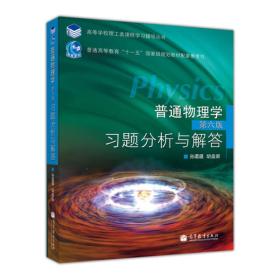



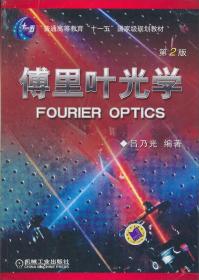
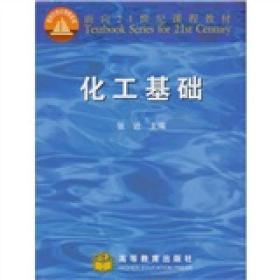
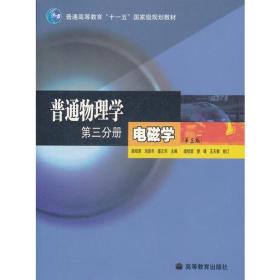
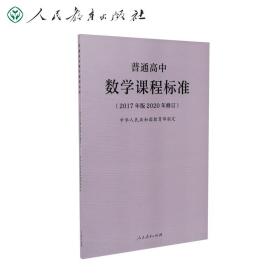



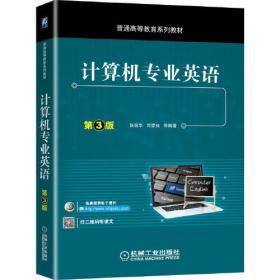







以下为对购买帮助不大的评价